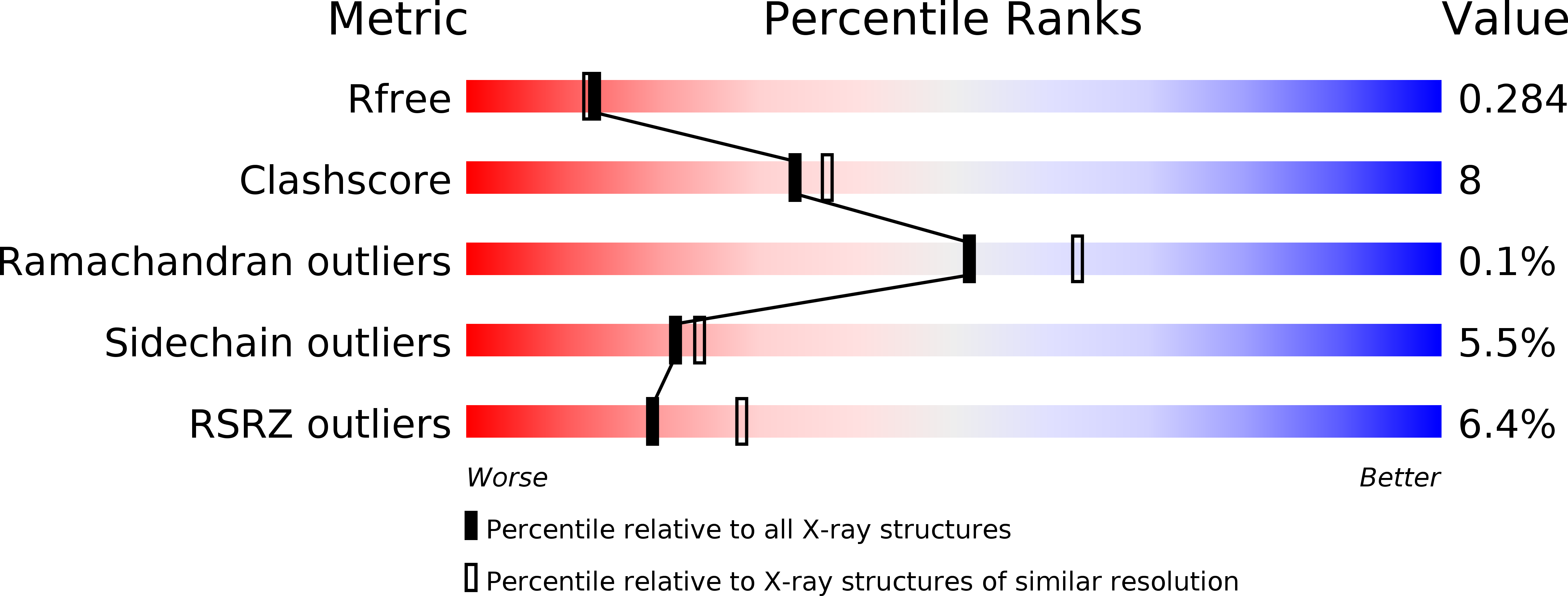
Deposition Date
2003-12-10
Release Date
2004-01-13
Last Version Date
2024-10-16
Entry Detail
PDB ID:
1RTW
Keywords:
Title:
X-ray Structure of PF1337, a TenA Homologue from Pyrococcus furiosus. Northeast Structural Genomics Research Consortium (Nesg) Target PFR34
Biological Source:
Source Organism:
Pyrococcus furiosus (Taxon ID: 186497)
Host Organism:
Method Details:
Experimental Method:
Resolution:
2.35 Å
R-Value Free:
0.28
R-Value Work:
0.24
Space Group:
P 21 21 2


